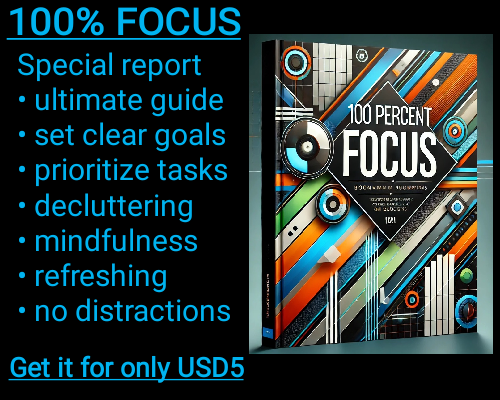In Excel, it's common to work with multiple spreadsheets, especially when collaborating with a team. A frequent task is linking cells from one spreadsheet to another, especially when the data is stored on a network or shared folder. However, problems can arise when someone makes changes, such as cutting and pasting data in the referenced sheet, causing the references in your sheet to break or change unexpectedly. This can lead to frustration, errors, and extra work in fixing the links.
Fortunately, there are ways to prevent Excel from automatically adjusting references when cut and paste actions occur in the source spreadsheet. The key is to understand how Excel handles these references and how you can lock them to ensure they remain intact, even when other users modify the data.
When you create a reference to another sheet or workbook in Excel, by default, Excel creates a relative reference. This means that if data is moved or the row/column structure is changed, Excel will adjust the reference accordingly. If you are linking to a cell in a network spreadsheet and someone cuts and pastes rows or columns in the original file, it could cause the reference on your sheet to change as well. This can be highly disruptive, particularly when you're working with complex datasets or reports that rely on accurate links.
To prevent this, you need to change the reference style from a relative reference to an absolute reference. An absolute reference locks the reference to a specific cell or range, meaning it will not change if rows or columns are added, removed, or moved. In Excel, absolute references are created by adding dollar signs ($) before the column letter and row number. For example, a reference like "A1" can be converted to "$A$1," which will remain fixed even if changes are made in the source sheet.
If you are linking to another workbook, the process is the same. When you reference a cell from a different workbook, Excel will often automatically use relative references, which can break if the referenced data is altered. To ensure that the reference stays intact, you should manually edit the reference to use the absolute format, such as "='[WorkbookName.xlsx]SheetName'!$A$1."
Here’s how you can make sure your references remain intact:
- Absolute References: When creating links to another workbook, ensure that you use absolute references by typing $ before the column and row in the formula. For example, if you are linking to cell A1 in another sheet, use =$A$1. If the reference is in another workbook, the formula will look like this: '[NetworkFile.xlsx]Sheet1'!$A$1.
- Use Named Ranges: Another approach is to use named ranges. Named ranges provide a way to refer to cells or ranges by a name instead of a cell address. Named ranges do not change when data is moved within the sheet. For example, you could define a range in the source sheet as "DataRange" and use that name in your formulas instead of a specific cell reference. This way, even if data is moved around in the source sheet, your formulas will still refer to the same named range, avoiding issues with broken references.
- Check the References After Changes: Even when you use absolute references, it’s a good practice to periodically check that your formulas are working as expected. If someone modifies the structure of the source sheet, such as adding or deleting rows or columns, it’s possible that the data might get misaligned. You can check your formulas by using Excel’s "Trace Dependents" tool, which allows you to see which cells are being referenced by your formula.
- Linking to an Entire Range: If you are referencing an entire range rather than a single cell, you should also ensure that the range is locked using absolute references. For example, if you are referencing the range A1:A10 in another sheet, the absolute reference would be ='[NetworkFile.xlsx]Sheet1'!$A$1:$A$10.
- Protecting Your Workbook: If you are working in a shared environment where others are editing the linked spreadsheet, it may be helpful to protect your workbook to avoid accidental changes to the formulas. By protecting the workbook, you can prevent others from altering your formulas or deleting the references that are critical to your work. You can do this by going to the "Review" tab in Excel and selecting "Protect Workbook." This allows you to lock certain parts of the workbook or limit the ability of other users to make changes.

